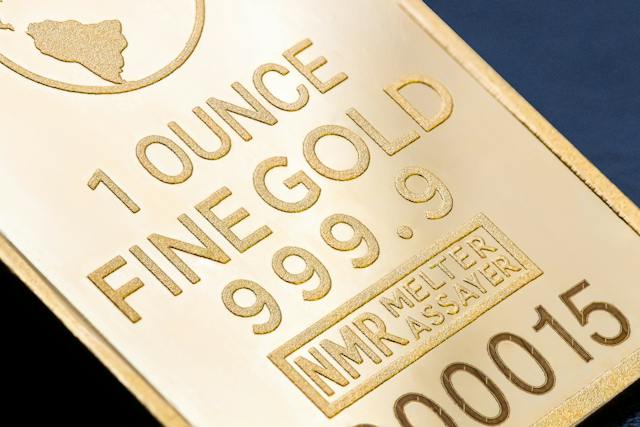IRS Guidelines for Gold IRAs
Like other IRAs, gold retirement accounts must follow strict IRS guidelines, which cover more than just storage. While the IRS doesn’t necessarily have a minimum investment requirement, it does have a cap. For instance, you can only contribute up to $6,500 to your IRA each year, though this number increases to $7,500 if you are over 50 years old.
Keep in mind that these contribution limits are for 2023 and could change within the coming years.
The IRS also has certain guidelines regarding IRA withdrawals. If you are younger than 59 and a half, then you are subject to a 10% tax if you make a withdrawal from your IRA; you are not subject to this tax if you are older.
 Finally, people 73 and older must meet the minimum distribution requirements. Your required distribution amount depends on the total value of your investment, but you can use the IRS website to calculate your expected distribution amount.
Finally, people 73 and older must meet the minimum distribution requirements. Your required distribution amount depends on the total value of your investment, but you can use the IRS website to calculate your expected distribution amount.
Wrap Up
Gold IRAs are a great way to diversify your portfolio while investing in wealth preservation. Although they work much like other individual retirement accounts, they must follow additional IRS regulations.
You can fund your gold IRA in three main ways:
- Transfer
- Rollover
- Cash contributions
With cash contributions, you can simply use your own money (from a checking or savings account) to purchase gold for your IRA. However, rollovers tend to be the preferred option for their simplicity. Rollovers also allow you to move funds from multiple types of retirement accounts, whereas transfers only allow IRA-to-IRA transactions.
Rolling over funds to a gold IRA is also a great way to further invest in your future and prepare for retirement. If you’re ready to open a gold IRA or have more questions besides “What is a gold IRA rollover?” a certified custodian can act as your guide and show you how to set up and fund an IRA while remaining legally compliant with the IRS.
Are there fees associated with a gold IRA rollover?
A fee is associated with a Gold IRA rollover, but the good news is that most find that the annual custodial fee is nominal, especially for all it covers.
The small annual custodial fee covers everything that is entailed with a Gold IRA, including:
- Plan administration
- Reporting
- Statements
- Insured storage of metals
Are you ready to do a gold IRA rollover?
You’re in good company. Since the Taxpayer Relief Act of 1997 broadened the types of investments allowed in an IRA, scores of investors have rushed to the Gold IRA rollover to own a tangible asset, gain control of their portfolio, lower their fees, and increase their investment options, all while staying in a tax-deferred and penalty-free status.
Advantage Gold has been educating and helping investors like you for the last decade. We are experts who love what we do.
There is a similar program in Canada called the Gold RRSP Program Canada…





 403(b)s
403(b)s